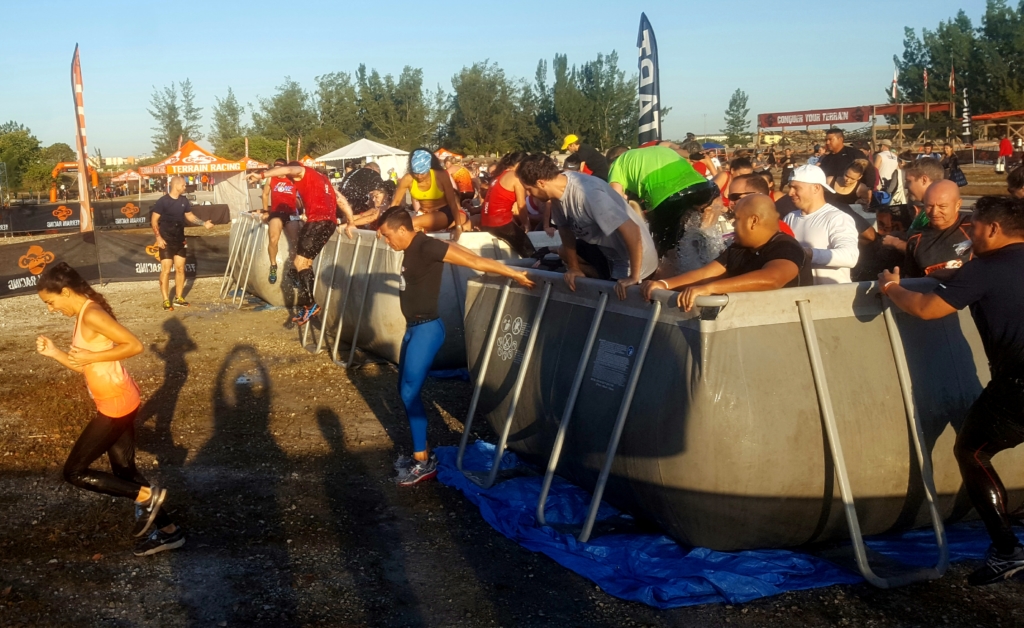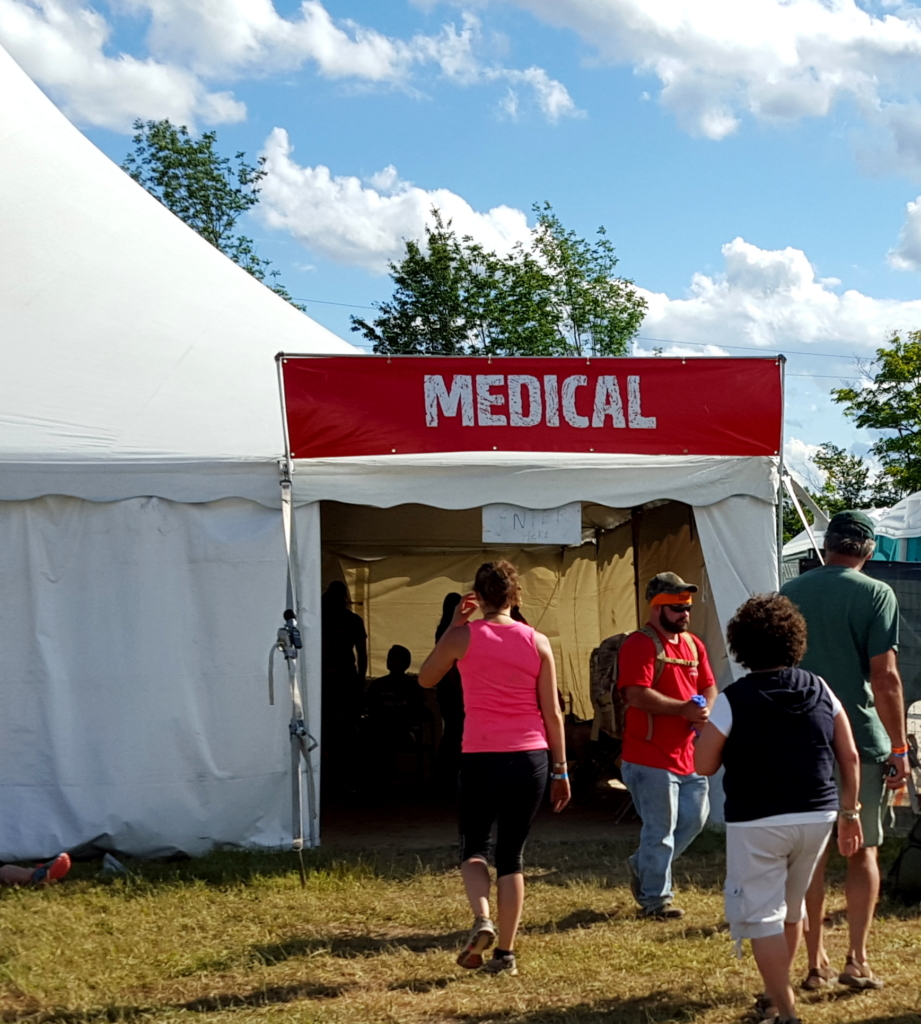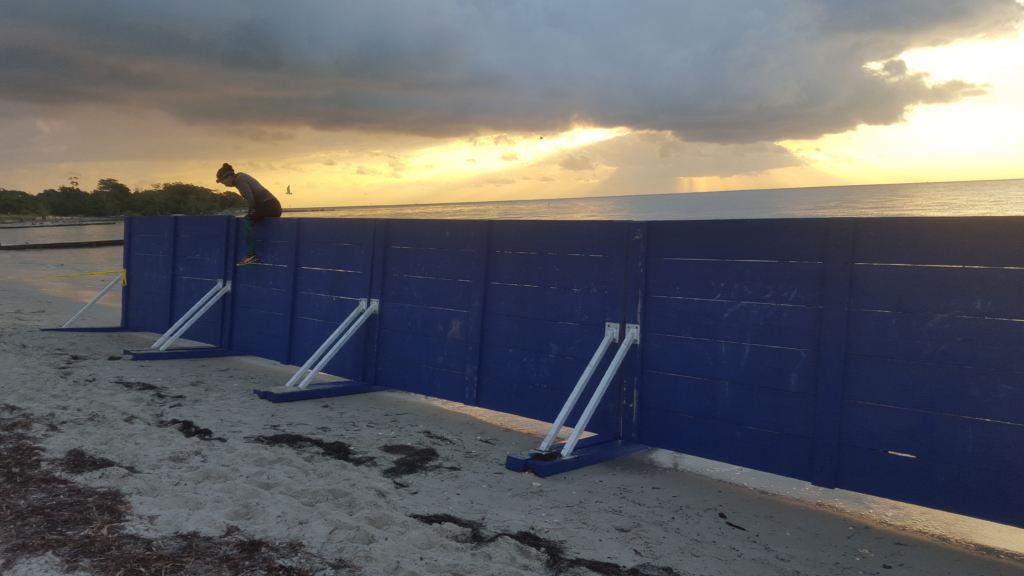
Merriam-Webster defines a sport as “a contest or game in which people do certain physical activities according to a specific set of rules and compete against each other”. They also describe it in general as “a physical activity (such as hunting, fishing, running, swimming, etc.) that is done for enjoyment.” In the broader sense then, obstacle course racing (OCR) is obviously a physical activity…hence a sport. But compared to a sport like a baseball or even bowling, it isn’t. There is no generally accepted set of rules for OCR. In fact, from my own personal experience, there aren’t even a set of consistently applied rules throughout a single race.

In this sense, OCR is still quite in the infancy of its development…still an ‘activity’ with any number of race promoters offering a wide variety of courses, obstacles, options, and rules. With some promoters foregoing rules altogether. Races become more of a pickup game where the person with the ball decides how the game will be played. And the only difference between this and playing at a neighborhood park is that there are only so many balls. Interestingly, when running the inaugural USA Championship, another fact became apparent. Some of the obstacles considered staples to OCR would not be able to remain in an Olympic event, partly because there would not be consistently applied to all racers. But common rules are not the only thing lacking for OCR to be a true sport. What about a governing body?

Every sport has a governing body…an entity that oversees all aspects of the sport. Apparently, OCR has several…all self-proclaimed…and none universally accepted. One seems geared towards providing racers with benefits they wouldn’t have access to individually. Another appears to be primarily focused on the goal of establishing the groundwork for consideration as an Olympic sport (and there’s that word again…sport). A third (and there may be more I’m unaware of) periodically pops up with a press release, then promptly disappears. Just saying you’re in charge of something doesn’t automatically make it so. Ask any parent!! These organizations, however, do not work together, which therefore means OCR does not have one true, formal governing body. It also means OCR has no standard safety requirements either.

Now, there are some references to safety in the ‘Olympic’ version of Rules-To-Mud-By, but those refer to protection from abuse…not the safety of racers on the course. The overall difficulty of a course, the potential danger of certain geographical challenges, dangers on specific obstacles and even the requirements of safe obstacle construction are left wholly to the race promoter. And while most certainly have good intentions, deficiencies in obstacle safety come up at almost every race now. Most promoters will earnestly address the issue. Others do not or cannot. Of course, one of the more memorable cases was the legendary promoter who, after a barrage of safety complaints, resorted to calling his constituents f**ktards…….and promptly disappeared from the face of the OCR world. At the moment, the racers seem to be the ones deciding what minimum safety standards are I guess.

However, racer safety is not just a requirement for the lofty goal of being a true sport, let alone an Olympic sport. Eventually, if nothing is done to truly enforce safety from within, OCR will find itself having safety enforced from outside. Some government entity, or worse, a good number of them…individually…will take the reins on this subject. That will be bad for everyone…as costs would go up to cover these additional requirements and even worse, many potential racers may be scared away from this perceived ‘dangerous‘ activity. And part of the reluctance to address safety leads directly back to another OCR ‘obstacle’…racer safety vs the cultivated image of toughness dating back to the very origins of OCR.
Safety though is just one more piece of the puzzle. Every major sport has a championship. Most sports have these at all levels, high school, college, pros. OCR, in its early days, seemed to be growing them by the bushel. Over the years though, as the industry settled down, most of these championships disappeared. But now they’re back…with a vengeance. We have regional championships within the U.S.; international championships across Europe, Asia, and even Africa. The U.S. championships are put on primarily by Spartan Race (SR), Tough Mudder (TM) (and yes, I do consider the Worlds Toughest Mudder a championship) and the independent Obstacle Course Racing World Championship (OCRWC). Like governing bodies though, these championships are not interrelated. In the end, we’re left with the old college football method of crowning champions…by reading the entrails of a stray, virgin, albino snow lizard at the height of a Jovian eclipse of course (but I digress…so let’s NOT get me started on College Football!!). Where was I…yes…like governing bodies, there may be even more championships out there, but who can keep track. So, while you can have a sport with no championship, having a championship obviously doesn’t make it a sport either. Mostly, it’s just making me confused.

So in short, OCR is not a true sport in the formal sense. Of course, that’s certainly not to say racers aren’t true athletes. They are arguably some of the most well-rounded athletes you will find. But that doesn’t change the fact that OCR is not a sport, and is not likely to be considered one anytime soon. Despite the push for Statehood…I mean Olympic recognition…just saying you’re in control of something doesn’t mean you actually are in control. Did I mention asking any parent!! ‘Sporthood’ may come to OCR eventually, but it will take cooperation on many fronts that, so far, has been lacking. Meanwhile, it would be wise to recognize that OCR hasn’t even reached a decade yet and maintaining (let alone increasing) its level of participation would be a much worthier goal right now.
Tell us what you think!
Do you think of OCR as a true sport? If not, what needs to change to make that happen. Does it matter one way or another for you? Let us know!
OCR has reached a point, at least in the US, where participation has leveled off. Now the challenge will be to continue attracting the current participants and charting a path forward. That’s coming up in the next, and final, the article in this series as we look at what the future may hold for OCR.
Disclaimer: The viewpoints expressed by the authors do not necessarily reflect the opinions, viewpoints and official policies of Mud Run Guide LLC, or their staff. The comments posted on this Website are solely the opinions of the posters.


An overall governing body would have a larger and more important impact than the olympics.
Thanks for the comment Stove. I agree, a governing body would have a much greater impact on OCR right away, although the Olympics would give ‘legitimacy’ to it and greatly expand interest. But neither is likely any time soon since there is no real reason for anyone to follow someone else’s rules. For now, anarchy will continue to reign.
A couple corrections. Obstacle Racing started in 1989. In America it hasn’t been around yet for a decade. Numbers are increasing outside of America. In America it’s leveled off. Hence the need to be more global and championships being held outside of the U.S. If you have noticed that push in the past couple years.
Thanks for the comments Bob. Yes, as I mentioned at the very end, the leveling off is occurring in the US. I’m curious to see whether the same trend happens internationally or if it will only be in the US. I’m not aware of international public figures for that, if you know where those can be found, please let me know. Thanks.